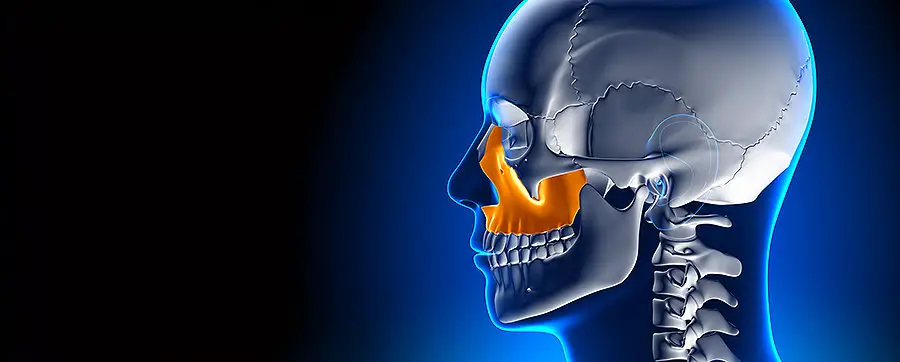
Oral health plays an integral part in our overall health. Our jaw, especially, not only shapes our face but also has an impact on our health and nose-breathing habits. We should pay conscious attention to our normal resting jaw position.
Proper jaw posture consists of keeping the tongue on the roof of the mouth, lips sealed, head back, and the teeth lightly touching. You should be looking down and avoid tilting your head up. The ideal jaw should be as parallel to the ground as possible.
Proper Posture
Adopting proper oral and body posture ensures that your face grows and remodels into its most optimal form. The adult skeleton remodels at a rate of 10% per year, and if you have proper oral posture 24/7, you can drastically change your face. This is called mewing.

YouTuber AstroSky is a great example of someone who’s improved his facial aesthetics with mewing. For more info on mewing, visit our Ultimate Mewing Guide. If you doubt mewing works, check out some studies and before/after pictures.
Mewing covers the whole oral posture aspect of how your face should be at rest. However, this is also impacted by your whole body posture. For example, if you have forward head posture, your back of the tongue can’t rest on the upper part of your palate. If this goes on for years, your face will not reach its full genetic potential.
In addition, skull posture is something people never think of, but it also affects your development, and it is important to keep track of. Proper skull posture just consists of tilting your head down.
Proper body posture consists of:
- Feed facing straight ahead.
- Pelvis inclined slightly forward.
- Shoulders back.
- Back straight.
- Head back.
If your hips are inclined too far forward (anterior pelvic tilt), or you have forward head posture from looking at your phone and computer screens all day, your entire posture chain will be thrown off, including that of your jaw.
For more info on posture, visit our Ultimate Posture Guide.
How The Jaw Works
The jaw is the largest part of the human skull and holds the teeth. It consists of two main parts – the maxilla, also known as the upper jaw, and the mandible, which is the movable lower jaw. The joint where the lower jawbone and the skull meets is the temporomandibular joint (TMJ).
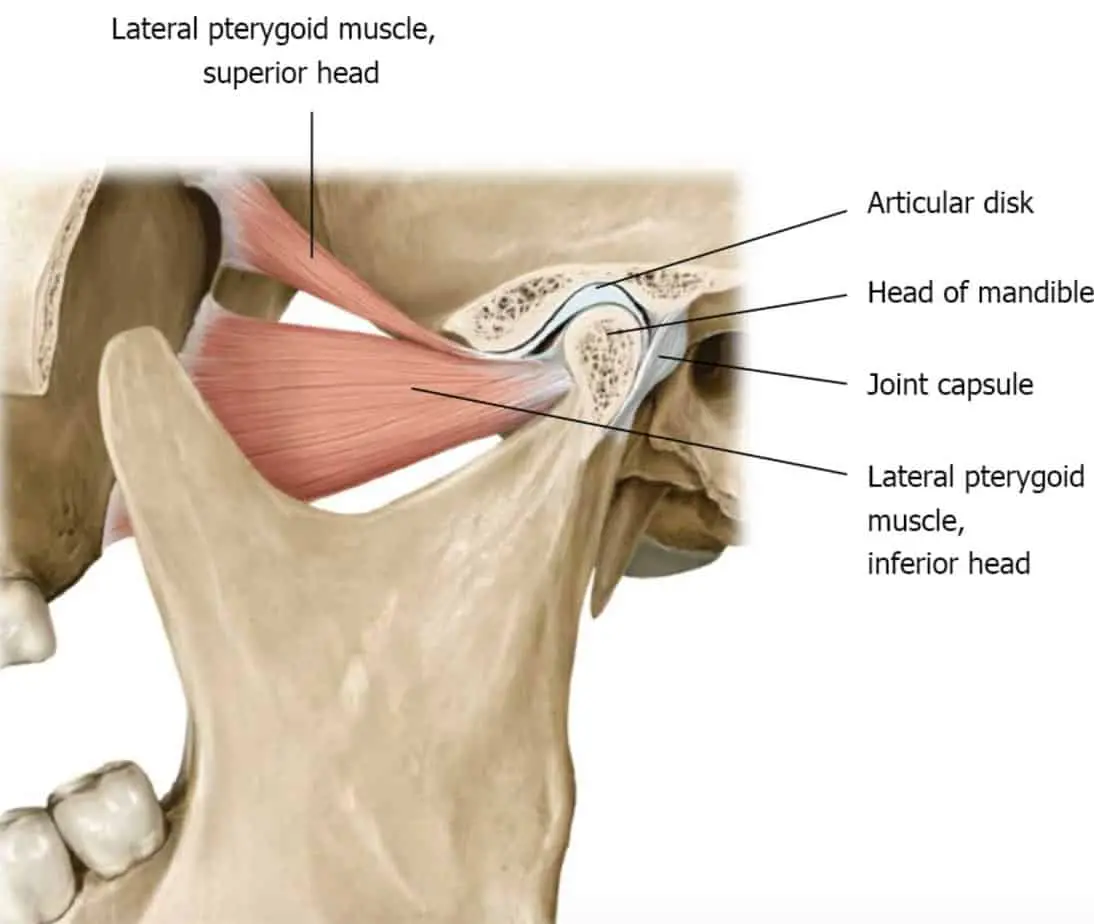
The jaw works every time there is movement. The temporomandibular joint or the TMJ functions as a sliding hinge that allows our jaw to perform various movements – up, down, side to side, and back to front. The disc between the ball of the joint and the socket protects the joint against the impact while allowing the jaw to open and rotate or glide. As the mouth opens, the jawbone rotates in the joint and rotates back when the mouth closes. Any disruption in this process may result in pain.
How Do You Know If You Have a Misaligned Jaw?
It is hard for an average person to tell if there is a misalignment of the jaw unless there is glaring evidence in our appearance. Determining whether you have a misaligned jaw requires visiting your doctor and obtaining x-rays.
A misaligned jaw can result in pain and other oral health problems. If you find it difficult to bite or chew, there is a possibility that your jaws are misaligned. You may feel your TMJ stiff or painful. But usually, unless the discomfort that we feel in our jaw negatively impacts our daily activities, we often do not pay much attention to it. So ultimately, you won’t know unless you visit the doctor.
Another sign is if you have speech problems. Speaking clearly or making a certain sound can be difficult. An example of this is lisp. A lisp is a speech problem in which a person mispronounces certain sounds such as “s” and “z.”
Sometimes a breathing problem can also be another sign. Many experts believe that there is an underlying connection between sleep apnea and jaw misalignment. A misaligned jaw can cause the tongue to set abnormally due to the lower and upper teeth alignment. The teeth misalignment can potentially cause the tongue to block the airways while you sleep.
But the one foolproof indication of jaw misalignment is the shape of our face. If you have a jaw that is too far back, too far forward, teeth that don’t meet or uneven jaws, it may help for you to see a specialist.
What Is an Overbite?
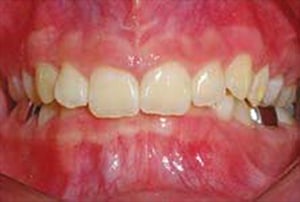
An overbite is a type of teeth and jaw misalignment characterized by the overlapping of the upper teeth with the lower teeth. Ideally, the upper teeth should overlap the lower teeth by 1-2 millimeters. A gap that is 3 millimeters and beyond may indicate an overbite.
An overbite is commonly considered a problem with crooked teeth. But a careful examination would show that it is a problem with the teeth and jaws not properly lining up. Genes play a factor here as some people are born with malformed jaws that developed unevenly.
There are two types of overbites, one is the dental overbite, and the other one is the skeletal overbite.
- A dental overbite is a condition where the lower jaw and the upper jaw are both aligned, but the teeth are not. The misalignment is what causes the lower jaw to go back towards the neck.
- The skeletal overbite, on the other hand, is a type of overbite where the lower jaw is too small to fit the upper jaw. As a result, the upper rows of teeth push forward over the lower jaw. This type of disorder requires a surgical solution.
What Is an Underbite?
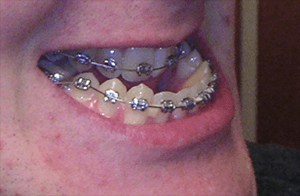
An underbite, or a class III malocclusion, is the opposite of an overbite. It is a condition where the lower teeth are too forward. It can also be where the front teeth are pointing too far inwards. A protruding lower jaw causes this condition.
With an underbite, when the mouth closes, the upper and lower front teeth come together. In more severe underbites, the lower front teeth might even be in front of the upper front teeth.
It is important to note that, just like in an overbite, an underbite doesn’t involve just the front teeth. The position of the molars or the back teeth is also important here. In an underbite, it is the raised cusps of the upper molars that fit into the grooves of the lower molar instead of the cusps themselves.
What Is an Open Bite?
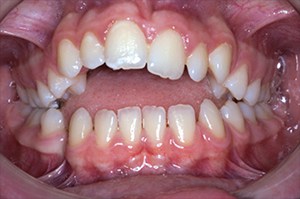
In an open bite condition, space exists between the lower and upper teeth while biting down. The open space normally occurs between the upper and lower front teeth. But it can also occur between the upper and lower teeth at the side or back of the mouth.
Thumb sucking is one of the reasons cited as the cause of open bite. Other factors include birth defects affecting the jawbone or an unusual size and position of the tongue.
What Is a Crossbite?
A crossbite is a tooth and jaw misalignment that occurs when the upper teeth are behind the lower teeth while biting.
A posterior crossbite occurs when the back lower teeth are in front of the back upper teeth:
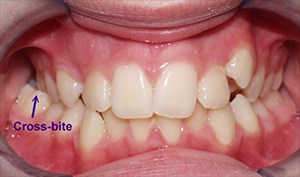
An anterior crossbite occurs when the front lower teeth are in front of the front upper teeth:
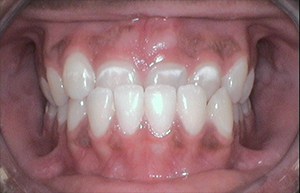
If, when you bite, the raised cusps of your upper and lower back teeth come together, then you have crossbite with an edge-to-edge bite condition. Misaligned teeth or jawbones that don’t fit together properly due to their shape and size may result in a very extreme case of crossbite.
What Is Facial Asymmetry?
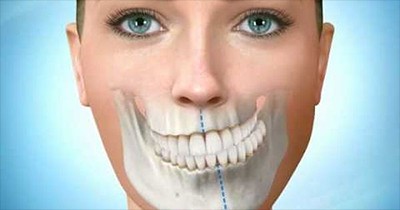
Facial asymmetry occurs when parts of the face, such as the jaws are misaligned, such as one side being longer or shorter than the other. Everyone has some degree of facial asymmetries. If your asymmetry is very obvious and impacts your quality of life, it can be treated with surgery.
While it’s not very comforting, you should realize that your facial asymmetries are going to be much more obvious to you than to anyone else. If you have mild asymmetries, then you can try mewing.
What Are the Causes and Risks Factors for Jaw Misalignment?
There are several reasons why you have a misaligned jaw. Some of them are:
- Trauma or broken jaw – a severe blow in your jaw can result in trauma or broken jaw.
- Birth defects – genes play a role here. You may be born with a certain jaw condition.
- Teeth alignment – tooth loss, thumb sucking are risk factors.
- TMJ disorders – wear and tear on the cartilage due to teeth grinding or clenching, dislocation of the soft cushion or disc.
What Are the Treatment Options for Jaw Misalignment?
For a misaligned jaw, your treatment options include dental braces, headgear devices, upper jaw expanders, reverse pull face mask, or surgery. Treatment is best carried out as early as possible.
Dental braces. These are the go-to-treatment for crooked or crowded teeth. It is the most recommended treatment to correct the misalignment of teeth and jaw when the cause of the problem is dental and not skeletal. This orthodontic treatment aims to slowly move the teeth and jaws into their proper position.
Headgear braces. For an extremely misaligned jaw, your orthodontist may recommend headgear braces. This is typically used for children whose jawbones are still growing. Unlike braces, the headgear is typically attached to the head with a strap.
Upper jaw expander. The upper jaw expander is normally recommended if your upper jaw is too narrow to fit correctly within the lower jaw. An upper jaw expander is a wire-frame device that fits across the upper palate. It works by stretching the cartilage and bones of the palate.
Reverse pull face mask. This is also called reverse-pull headgear. It’s often recommended in children to correct an underbite and help the upper jaw develop. This device uses the child’s forehead and the chin as an anchor. Many orthodontists recommend putting the headgear on as soon as school is over and wearing it through the night until the next day.

What Is Jaw Surgery?
Jaw surgery is a procedure designed to correct the conditions of the maxilla or mandible. It requires general anesthesia and weeks of downtime.
Surgery is recommended in severe cases of jaw misalignment.
- Maxillary Osteotomy – surgery performed on the upper jaw to correct open bites or crossbites. The procedure aims to move the upper jaw and teeth forward, so they align with the lower jaw and teeth.
- Genioplasty. This surgery will fix a small or crooked chin. In this procedure, the surgeon will cut the chin bone in the front of the jaw and then restructure the jaw and chin.
- Jaw wiring. In this procedure, a jaw wire is added to keep the jaw in a certain position or provide support in the case of a fracture or break.
To better understand the different types of jaw surgery and how it can fix your jaw misalignment, check out this video.
https://www.youtube.com/watch?v=PAclYLlH87g
Are There Exercises That Can Correct a Jaw Misalignment?
There are no proven studies that any exercises can correct jaw misalignment. If there is one benefit of a jaw exercise, it’s to alleviate pain. However, consistently chewing hard foods and mewing from an early age will prevent jaw misalignment from ever occurring.
Mewing consists of placing the tongue against the roof of the mouth. Over time, this practice will help to realign your teeth and define your jawline because it provides the stimulus your jaw needs. For more information on mewing, check out our Ultimate Mewing Guide.
A misaligned jaw is something that we should take seriously. If you suspect that you have a misaligned jaw, it is best to speak with your dentist. Your dentist should be able to tell you if your jaw is properly aligned or not, and draw up a treatment plan specific to your condition. This way, you can be sure that you will get the right treatment and avoid any problems.

